Home>Gardening & Outdoor>Landscaping Ideas>What Causes Grass To Turn White
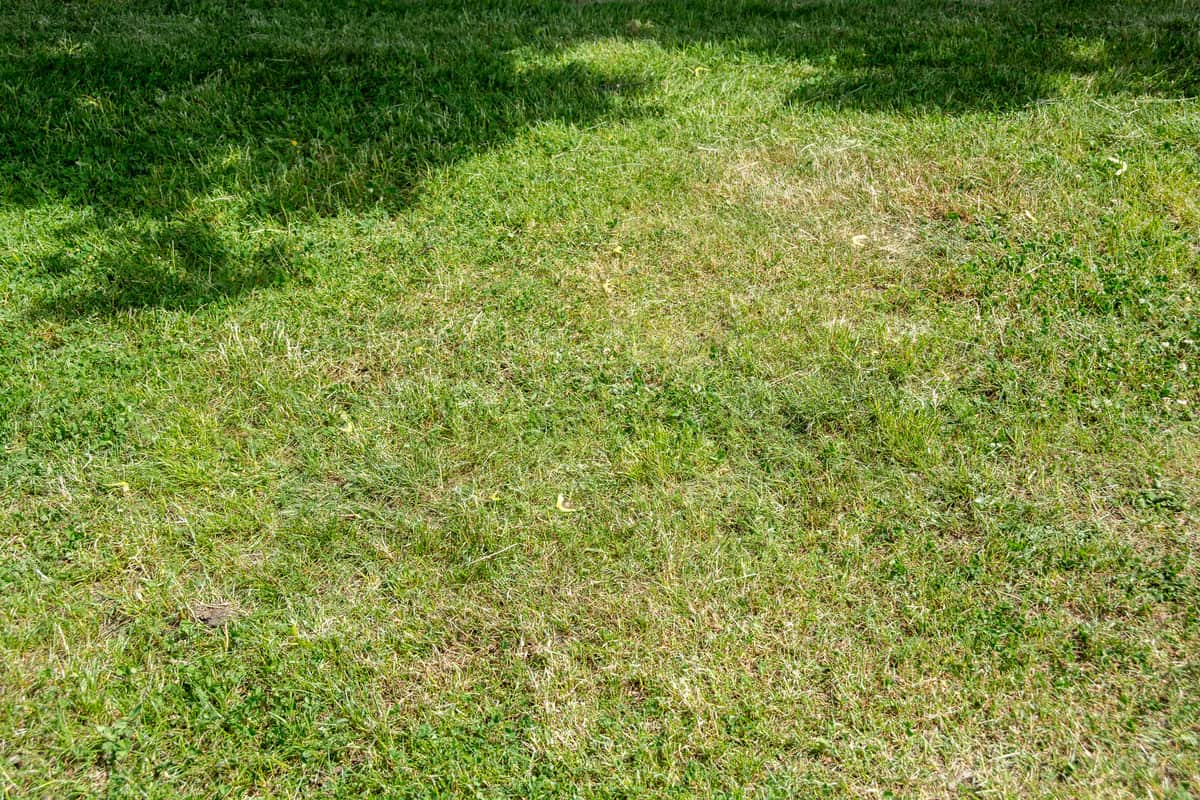

Landscaping Ideas
What Causes Grass To Turn White
Modified: March 29, 2024
Discover the reasons behind white grass and explore effective landscaping ideas to restore its lush green color. Learn how to address common issues affecting the health of your lawn.
(Many of the links in this article redirect to a specific reviewed product. Your purchase of these products through affiliate links helps to generate commission for Storables.com, at no extra cost. Learn more)
Introduction
When your luscious green lawn suddenly starts to exhibit patches of white, it can be quite alarming. The discoloration may range from a pale, almost silver hue to a more pronounced white, and understanding the underlying causes is crucial in restoring your lawn’s health and vibrancy. Several factors can contribute to the unsettling transformation of your grass, including fungal diseases, environmental stress, insect infestation, nutrient deficiency, and chemical damage. By delving into these potential culprits, you can equip yourself with the knowledge necessary to address the issue effectively and rejuvenate your lawn.
Key Takeaways:
- Don’t panic if your grass turns white! It could be due to fungal diseases, environmental stress, insect infestation, nutrient deficiency, or chemical damage. Understanding the cause is key to restoring your lawn’s health.
- To keep your grass green, promote proper air circulation, adjust irrigation, identify and control insect pests, replenish lacking nutrients, and use chemicals responsibly. With the right care, your lawn can thrive and stay vibrant.
Read more: What Causes White Grass
Fungal Diseases
Fungal diseases are a common cause of white patches on grass. One prevalent culprit is powdery mildew, which manifests as a powdery white coating on the grass blades. This condition thrives in humid environments and can stunt the growth of the affected grass. Another fungal infection, known as dollar spot, leads to the formation of small, silver-dollar-sized white lesions on the grass. These lesions can merge, resulting in extensive damage to the lawn.
To combat fungal diseases, it is essential to promote proper air circulation and drainage in your lawn. This can be achieved by regularly aerating the soil and avoiding overwatering. Additionally, applying fungicides specifically formulated to target the identified fungal infections can help mitigate the spread of these diseases and facilitate the recovery of your grass.
Environmental Stress
Environmental stressors, such as extreme weather conditions, can induce a whitening effect on grass. Prolonged exposure to intense heat and sunlight, especially during periods of drought, can lead to the development of a condition known as sunscald. This phenomenon causes the grass blades to turn white or pale as a result of excessive moisture loss and the damaging effects of ultraviolet radiation.
In contrast, excessively wet conditions can also trigger grass discoloration. Overwatering or poor drainage can create an environment conducive to the growth of fungi, contributing to the development of diseases that manifest as white patches on the grass. Moreover, compacted soil and heavy foot traffic can impede the grass’s ability to thrive, leading to stress-induced discoloration.
To mitigate environmental stress, it is crucial to implement proper lawn care practices. This includes adjusting irrigation schedules to ensure that the grass receives adequate moisture without being saturated. Furthermore, incorporating shade-providing elements, such as trees or shrubbery, can offer respite from scorching sunlight. Additionally, aerating the soil and minimizing traffic on the lawn can alleviate compaction and promote healthier grass growth, reducing the likelihood of stress-induced discoloration.
Grass can turn white due to a fungal disease called powdery mildew. To prevent this, avoid overwatering, improve air circulation, and use fungicides if necessary.
Insect Infestation
Insect infestations can wreak havoc on a once-vibrant lawn, causing the grass to exhibit signs of distress, including discoloration. One common perpetrator of such damage is the larvae of the crane fly, often referred to as leatherjackets. These voracious feeders consume grass roots, leading to patches of white or brown grass as the affected areas succumb to their insatiable appetite. Similarly, white grubs, the larvae of various beetle species, can inflict substantial harm by feeding on grassroots, resulting in weakened, discolored patches across the lawn.
To address insect infestations, it is crucial to accurately identify the specific pests plaguing your lawn. This can be achieved through careful observation and, if necessary, seeking professional assistance. Once the culprits have been identified, implementing targeted pest control measures, such as applying insecticidal treatments, can help curb the infestation and prevent further damage to the grass. Additionally, promoting a healthy and resilient lawn through proper fertilization and regular maintenance can fortify the grass against potential insect threats, reducing the likelihood of discoloration caused by infestations.
Nutrient Deficiency
A deficiency in essential nutrients can manifest as white or yellow patches on the grass, signaling the underlying lack of vital elements crucial for healthy growth. One prevalent nutrient deficiency that can lead to grass discoloration is nitrogen deficiency. Nitrogen plays a pivotal role in chlorophyll production, and its scarcity can result in the gradual whitening of the grass, indicating a decline in chlorophyll levels. Similarly, inadequate levels of iron in the soil can lead to the development of iron chlorosis, characterized by yellowing or whitening of the grass, particularly in the newer growth.
To address nutrient deficiencies, it is imperative to conduct soil tests to identify the specific elements lacking in the soil. Once the deficiencies have been pinpointed, targeted fertilization can be employed to replenish the lacking nutrients and restore the grass’s vibrant green color. Additionally, incorporating organic matter into the soil and practicing proper lawn care, such as regular mowing and aeration, can contribute to the overall health and resilience of the grass, reducing the susceptibility to nutrient deficiencies and associated discoloration.
Read more: What Causes Brick To Turn White
Chemical Damage
Chemical damage can result in the whitening or discoloration of grass, often stemming from the improper application of herbicides, pesticides, or other chemical agents. Misuse or overapplication of these substances can lead to adverse effects on the grass, manifesting as white or discolored patches. Additionally, exposure to de-icing salts during the winter months can also contribute to grass discoloration, as these salts can disrupt the delicate balance of soil nutrients and moisture, leading to stress-induced whitening of the grass.
To mitigate the risk of chemical damage, it is crucial to adhere to recommended application guidelines when using herbicides, pesticides, or any other chemical products on your lawn. This includes carefully following dosage instructions and avoiding application during unfavorable weather conditions, such as high winds or excessive heat. Furthermore, when dealing with de-icing salts, minimizing direct contact with the grass and promptly rinsing off any salt residue from the grass and soil can help mitigate potential damage and prevent discoloration.
By exercising caution and employing responsible chemical management practices, you can safeguard your lawn from the detrimental effects of chemical damage, preserving its lush green appearance and overall health.
Frequently Asked Questions about What Causes Grass To Turn White
Was this page helpful?
At Storables.com, we guarantee accurate and reliable information. Our content, validated by Expert Board Contributors, is crafted following stringent Editorial Policies. We're committed to providing you with well-researched, expert-backed insights for all your informational needs.
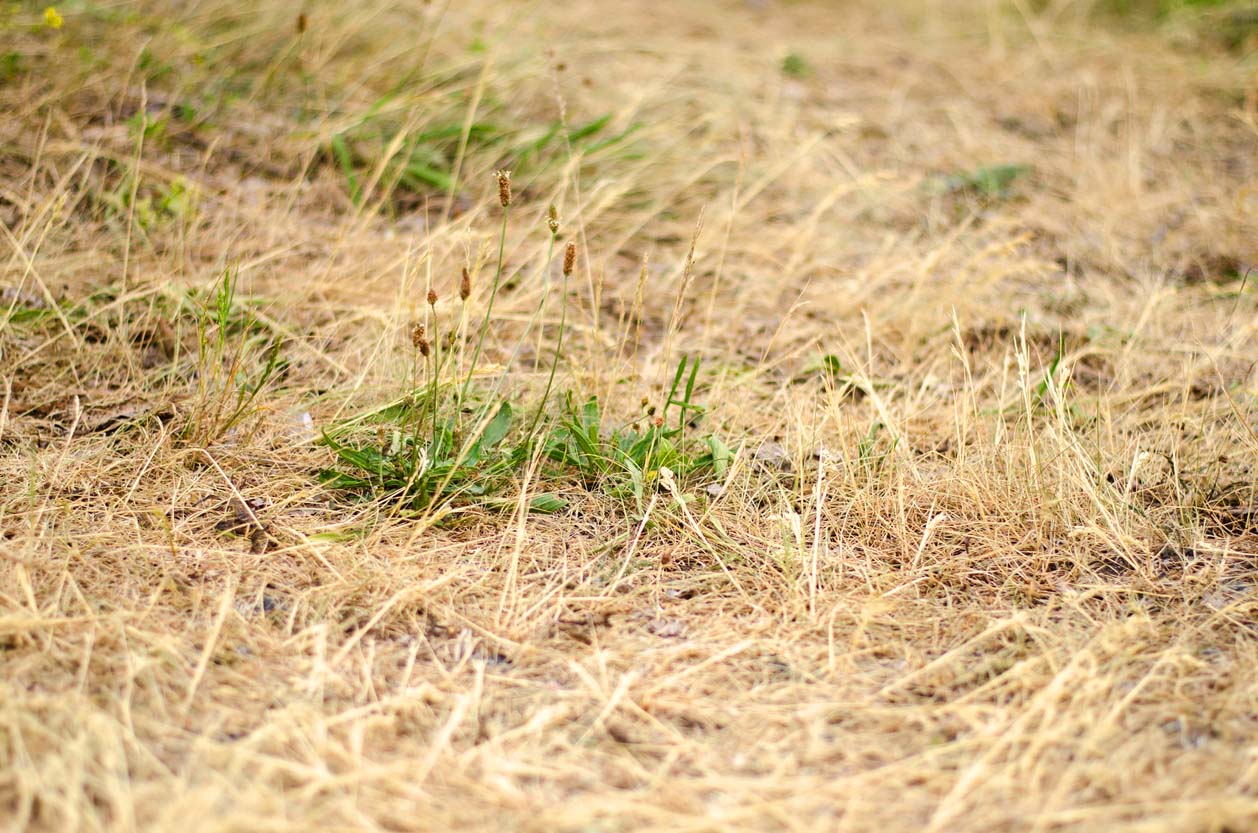

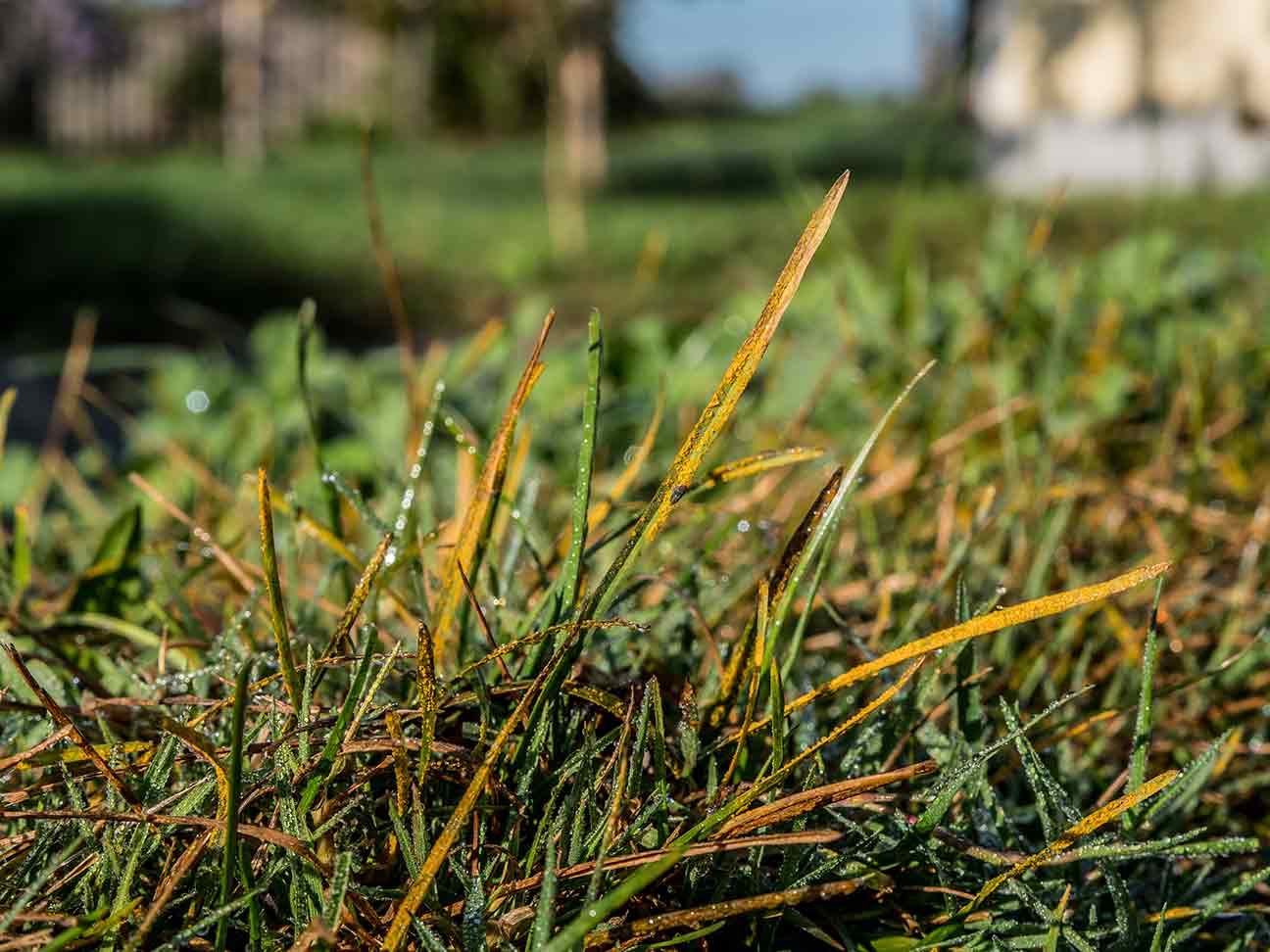
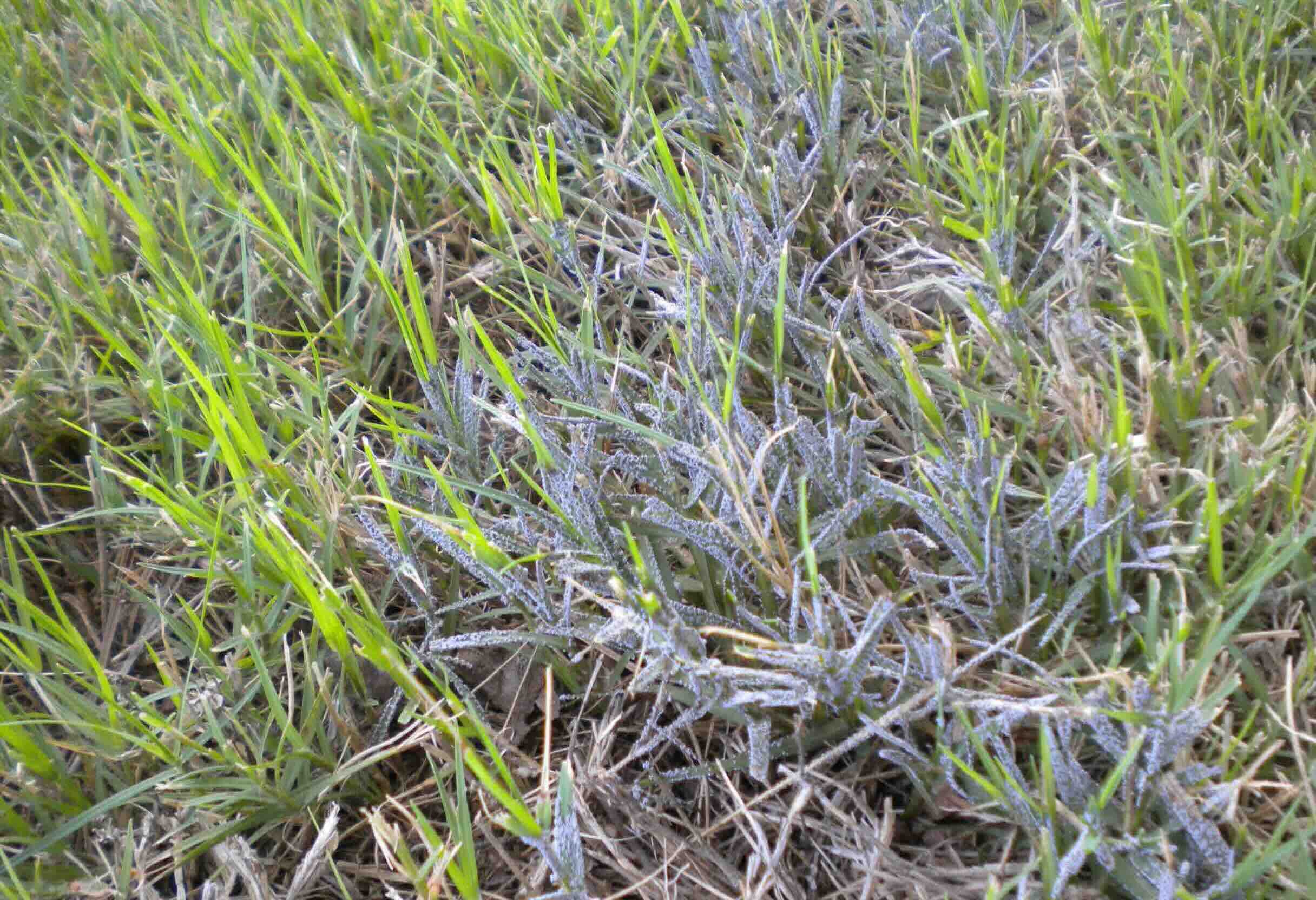
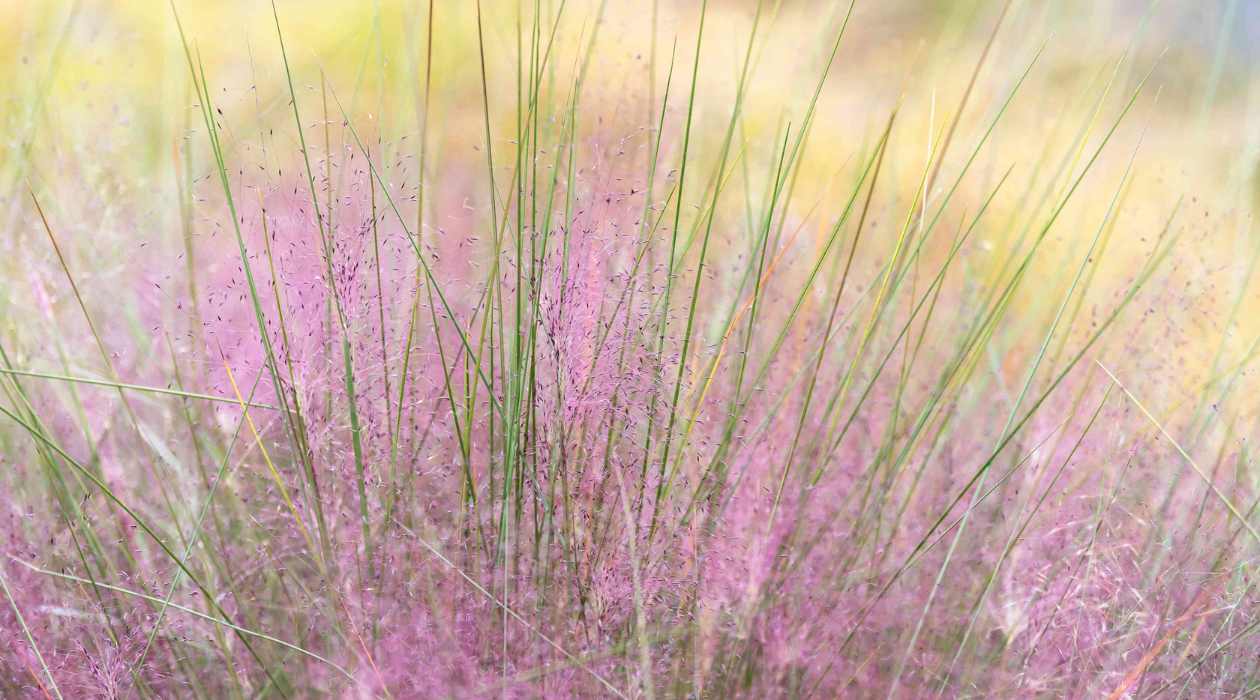
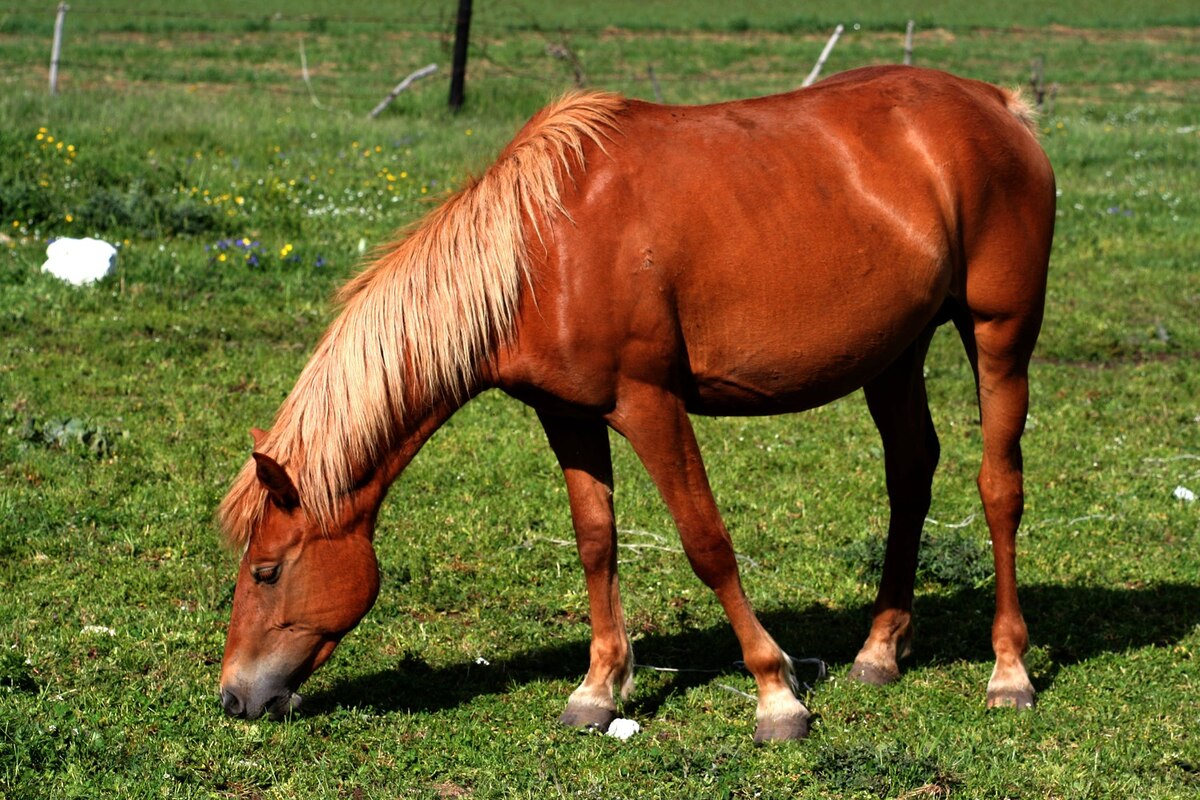

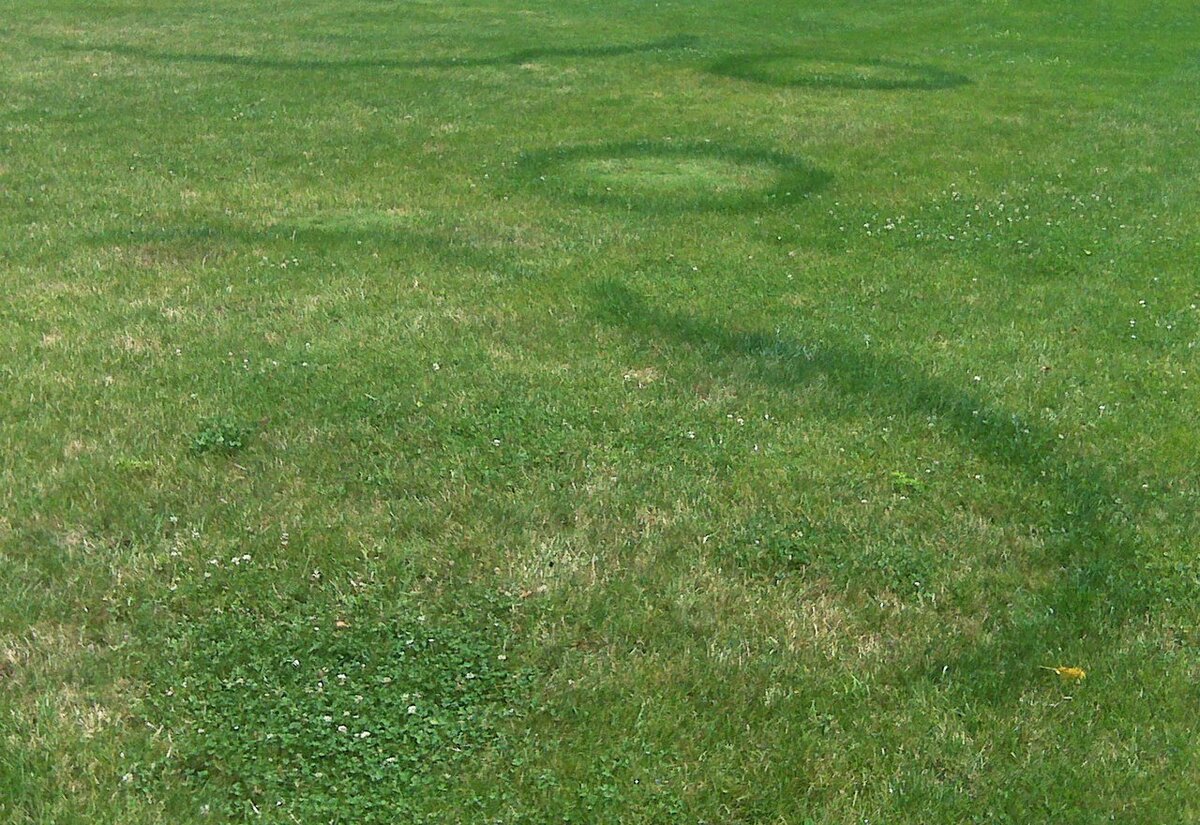
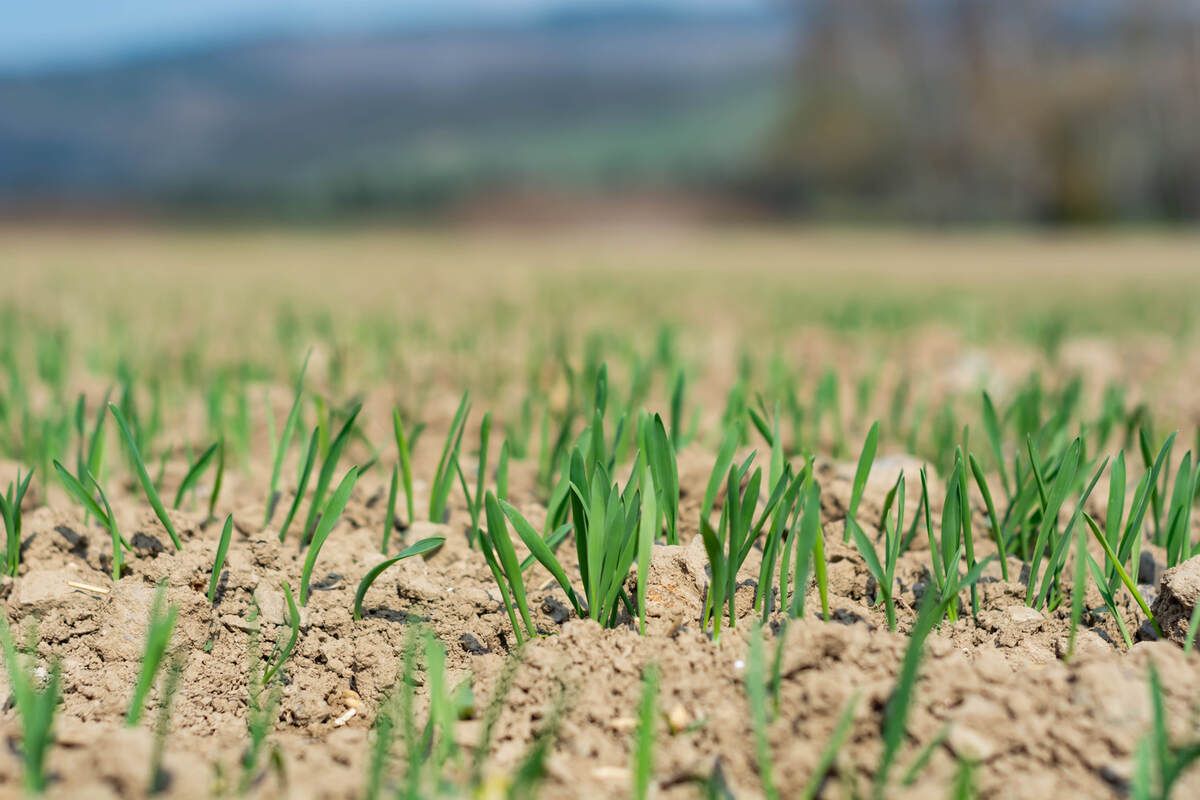
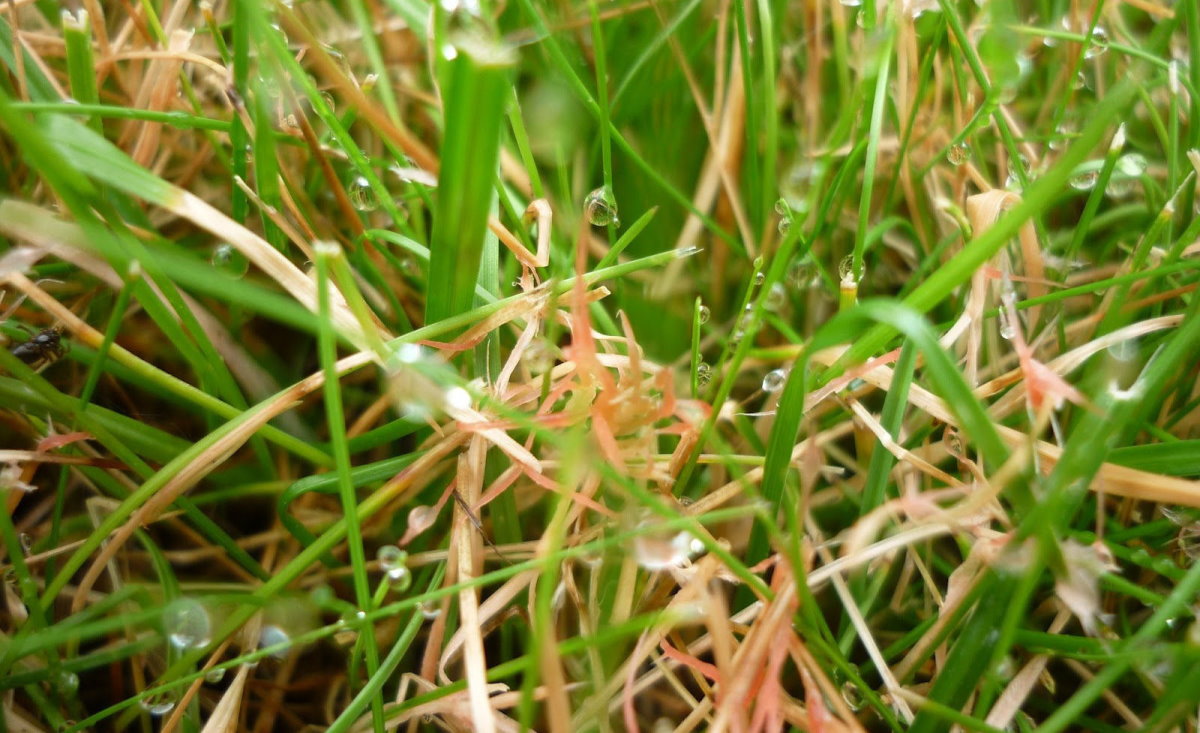
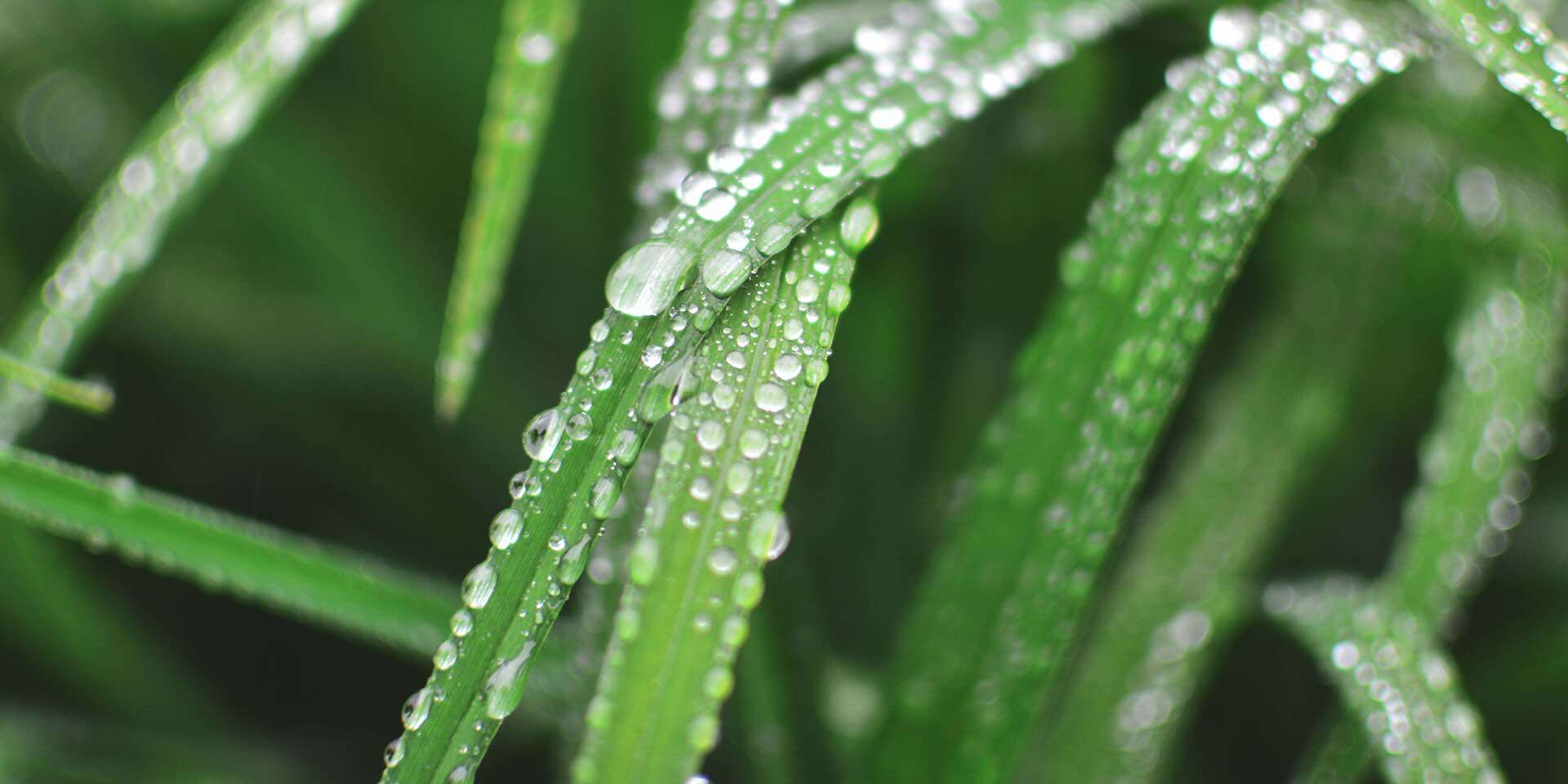
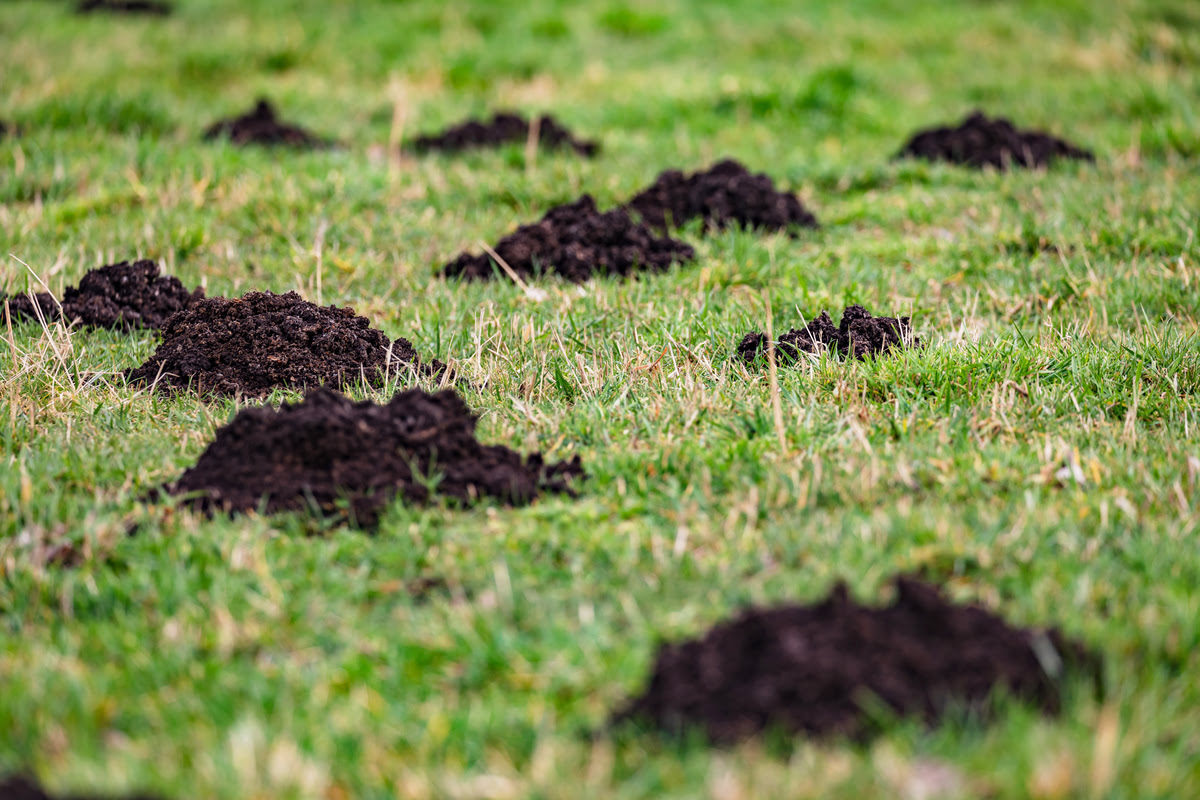
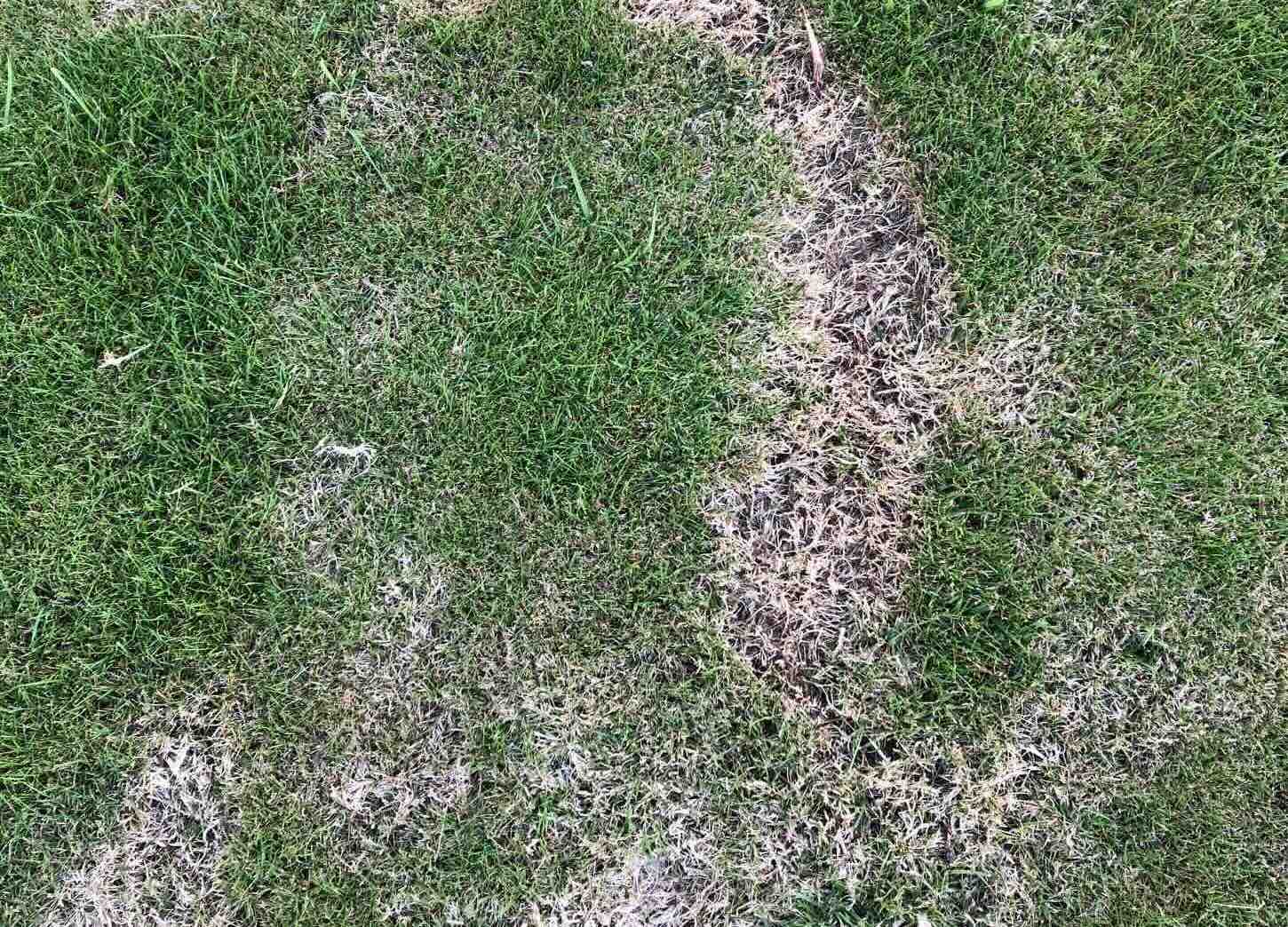
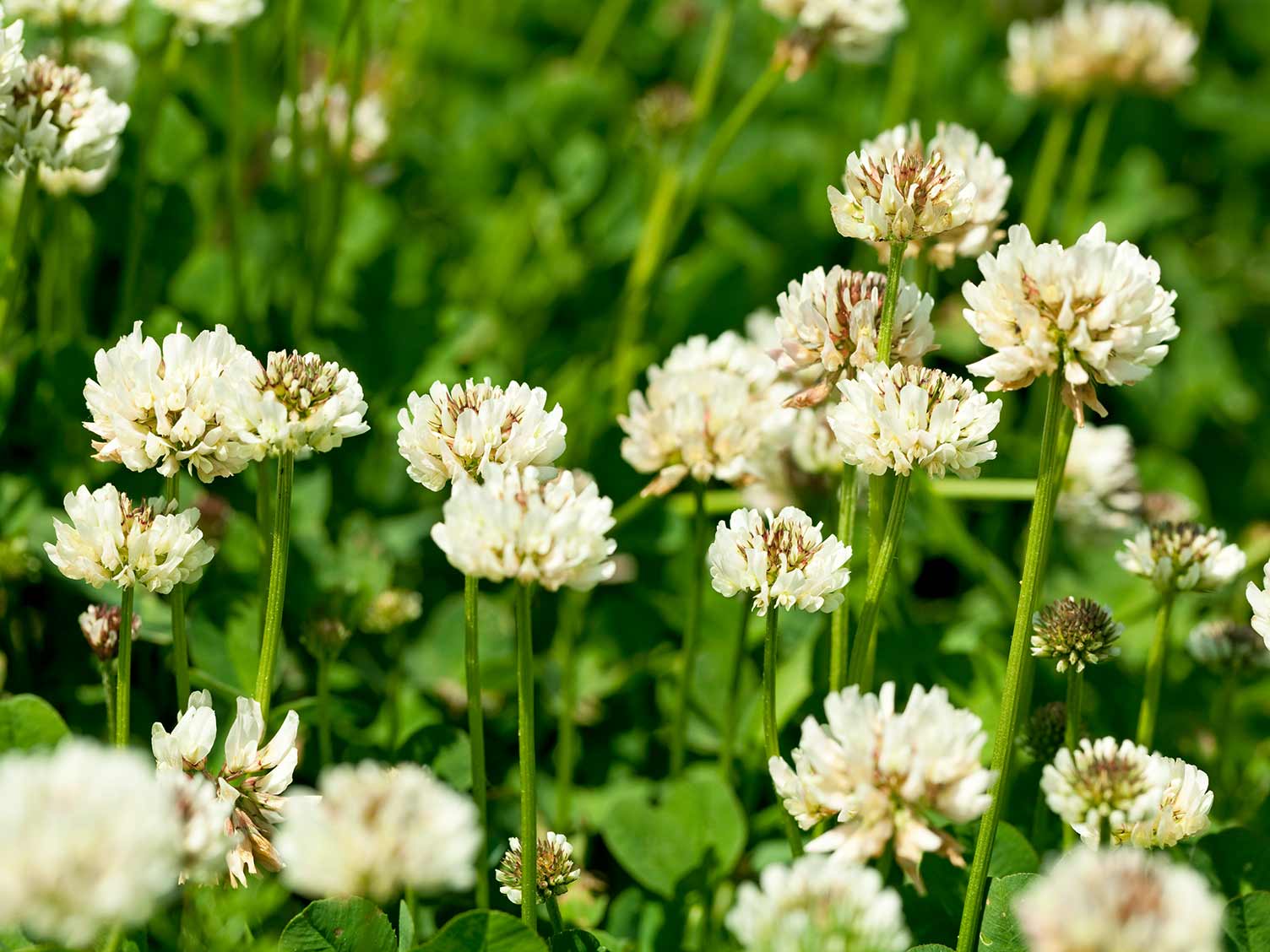

0 thoughts on “What Causes Grass To Turn White”